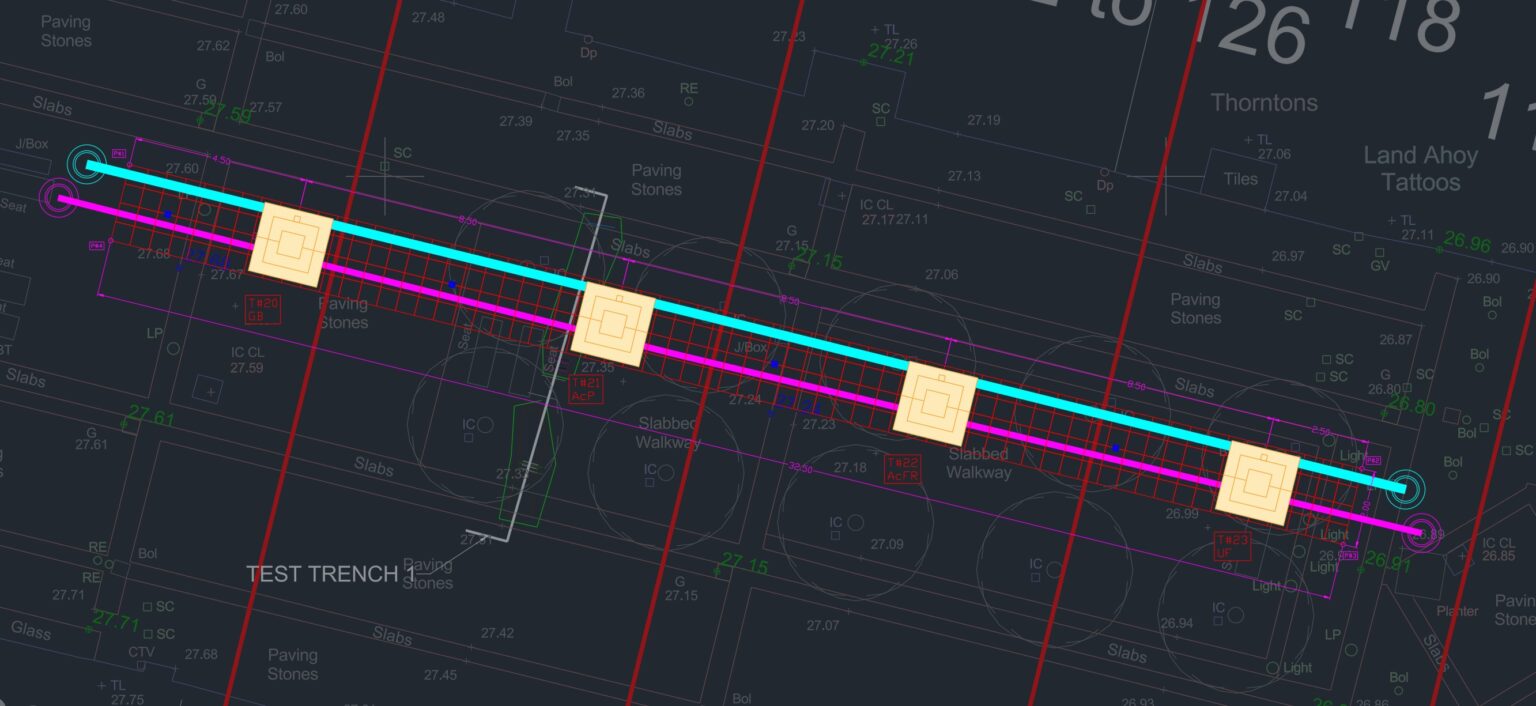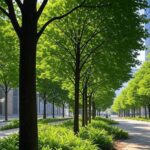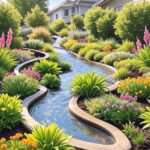Exploring Different Types of Sustainable Urban Drainage Systems (SUDS)

Sustainable Urban Drainage Systems (SUDS) are innovative solutions designed to manage stormwater in urban environments while promoting environmental sustainability. By mimicking natural water processes, SUDS reduce flooding, improve water quality, and enhance urban ecosystems. Below is an overview of the most common types of SUDS, each with unique features and benefits.
1. Green Roofs
Green roofs are vegetated layers installed on building rooftops, consisting of plants, a growing medium, and a drainage layer. They absorb rainfall, reducing runoff and insulating buildings, which lowers energy costs. Green roofs also enhance urban aesthetics and support biodiversity by providing habitats for birds and insects. They are ideal for cities with limited ground space.
2. Bioswales
Bioswales are shallow, vegetated channels designed to collect, filter, and slow down stormwater runoff. Lined with grasses or other plants, they remove pollutants like oils and sediments from water before it enters drainage systems. Bioswales are commonly used along roadsides or in parking lots, combining functionality with attractive landscaping.
3. Permeable Pavements
Permeable pavements, such as porous asphalt or permeable concrete, allow water to infiltrate through their surface into underlying layers, reducing surface runoff. These pavements filter pollutants and recharge groundwater, making them suitable for parking lots, walkways, and low-traffic roads. They are durable and require minimal maintenance when properly installed.
4. Rain Gardens
Rain gardens are shallow, planted depressions that capture and absorb rainwater from roofs or paved surfaces. They use native plants with deep roots to enhance infiltration and filter pollutants. Rain gardens are cost-effective, easy to maintain, and add aesthetic value to residential or public spaces while reducing local flooding.
5. Detention Basins
Detention basins are large, open areas designed to temporarily store stormwater during heavy rain, releasing it slowly to prevent downstream flooding. Often dry between storms, they can double as recreational spaces. While primarily focused on flood control, they can be enhanced with vegetation to improve water quality.
6. Infiltration Trenches
Infiltration trenches are narrow, stone-filled ditches that collect and store stormwater, allowing it to gradually seep into the ground. They are effective in areas with permeable soils and are often used alongside roads or buildings. These trenches help recharge groundwater and reduce runoff volumes, though they require regular maintenance to prevent clogging.
7. Constructed Wetlands
Constructed wetlands are engineered systems that mimic natural wetlands, using plants and soil to treat stormwater. They excel at removing pollutants and supporting wildlife, making them a favorite for ecological restoration projects. While they require more space than other SUDS, their environmental benefits and visual appeal are significant.

